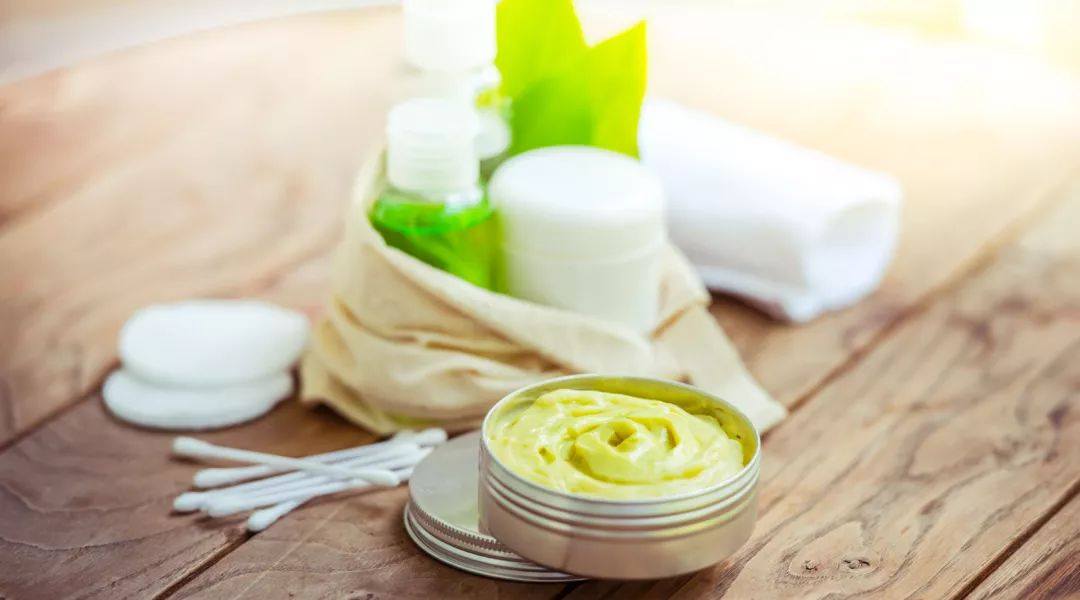Summer is a season that makes people blush. Warm sea breeze, sweet confessions, and… unexpected skin problems.
The skin is red, itchy and painful, and I want to tear my face in different kinds. Before I could enjoy summer well, my skin had problems first.
[Blushing] It’s not shyness, it’s probably skin problems.
Our skin has a skin barrier responsible for [self-defense], which includes the skin’s topmost layer of keratinocytes and a layer of sebum membrane covering the outer layer of the cuticle.
The skin barrier can maintain the moisture level of the skin and resist external stimuli and microorganisms.
When it is damaged, skin sensitivity problems often follow, such as blushing, itching, pain and other problems mentioned above.
There are three common causes of skin barrier damage.
1. Excessive Cleaning
Soap-based ingredients are common ingredients in facial cleansing products, but for dry and sensitive skin, daily use will significantly reduce the thickness of stratum corneum and cause a large loss of intercellular lipid.
In addition, many people like to use face brushes and facial cleansers, which will also be a great stimulus to their sensitive and easily irritated skin.

2. Excessive stripping
In recent years, various popular products such as-hydroxy acid (fruit acid belongs to this category) and-hydroxy acid (salicylic acid belongs to this category) have certain effects on removing cutin and balancing skin color.
However, the low pH value and stripping effect of such products themselves may damage the skin barrier. Excessive use or improper use may not only cause facial erythema, but also bring symptoms of dryness, desquamation, tightness and tingling.
3. Skin diseases lead to
When changing seasons, dust mites, pollen, etc. are often the inducements of allergic reactions to skin diseases.
However, some inflammatory skin diseases will gradually proliferate and expand capillaries, making the skin more vulnerable to stimulation and causing paroxysmal flushing, burning sensation and other symptoms.

What if the skin barrier has been damaged?
We must firmly grasp the golden rule of skin care: gentle cleaning, full moisturization and strict sun protection.
However, when the barrier damage is serious, such as skin sensitivity and skin sensitivity caused by acne after some invasive medical treatment, it is recommended to choose targeted skin care products with barrier damage.

1. It has repairing and moisturizing ingredients.
If each epidermal cell is compared to a brick, then the skin barrier is a brick wall.
When the skin barrier is damaged, it is just like the cement in the brick wall is insufficient. There will be many gaps between the bricks, which is difficult to resist external stimulation.
Skin care products with moisturizing performance usually add some moisturizing agents, sealants and emollients.
- Moisturizers: propylene glycol, jojoba oil, castor oil, dimethylsilane, etc., can quickly act as cement to fill the gaps between brick walls; Moisturizers: glycerin, urea, propylene glycol, PCA, hyaluronic acid, etc. can help the epidermis absorb water from the dermis and help maintain a moist state. Sealants: various fatty alcohols, fatty acids, plant waxes, phospholipids, cholesterol, etc. help the skin lock in water.
2. Composition with Soothing Stimulation
The [essence] on the product ingredient list often represents a mixture of a large category of artificial spices, with a very high risk of sensitization.
Therefore, skin care products that help repair the skin barrier generally do not add preservatives and artificial flavors, but add some soothing ingredients, such as asiaticoside and glycyrrhizinate, to help improve the skin condition and accelerate the recovery of the skin barrier.
3. Help maintain skin microenvironment homeostasis
The pH value of normal skin is neutral and weakly acidic, but when the skin barrier is damaged, skin dehydration tends to increase, lipid synthesis is insufficient, and microenvironment is prone to changes.
At this time, the moisturizing cream and repair cream used had better choose neutral and weakly acidic products to help maintain the normal pH value of the skin and provide a good microenvironment for the repair of the skin barrier.
